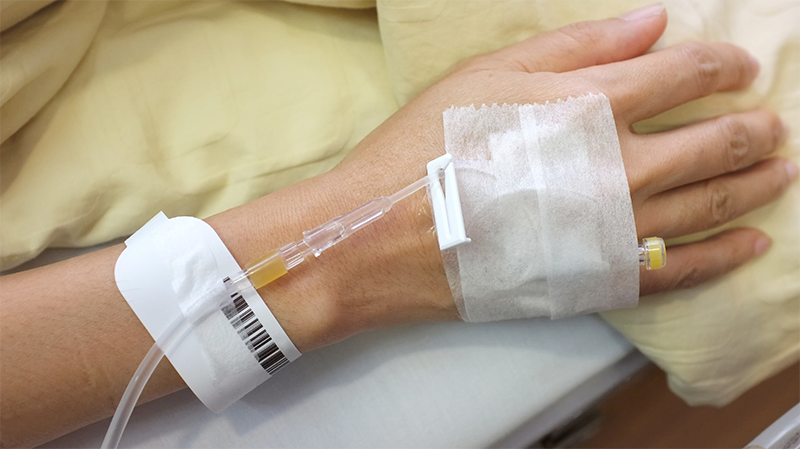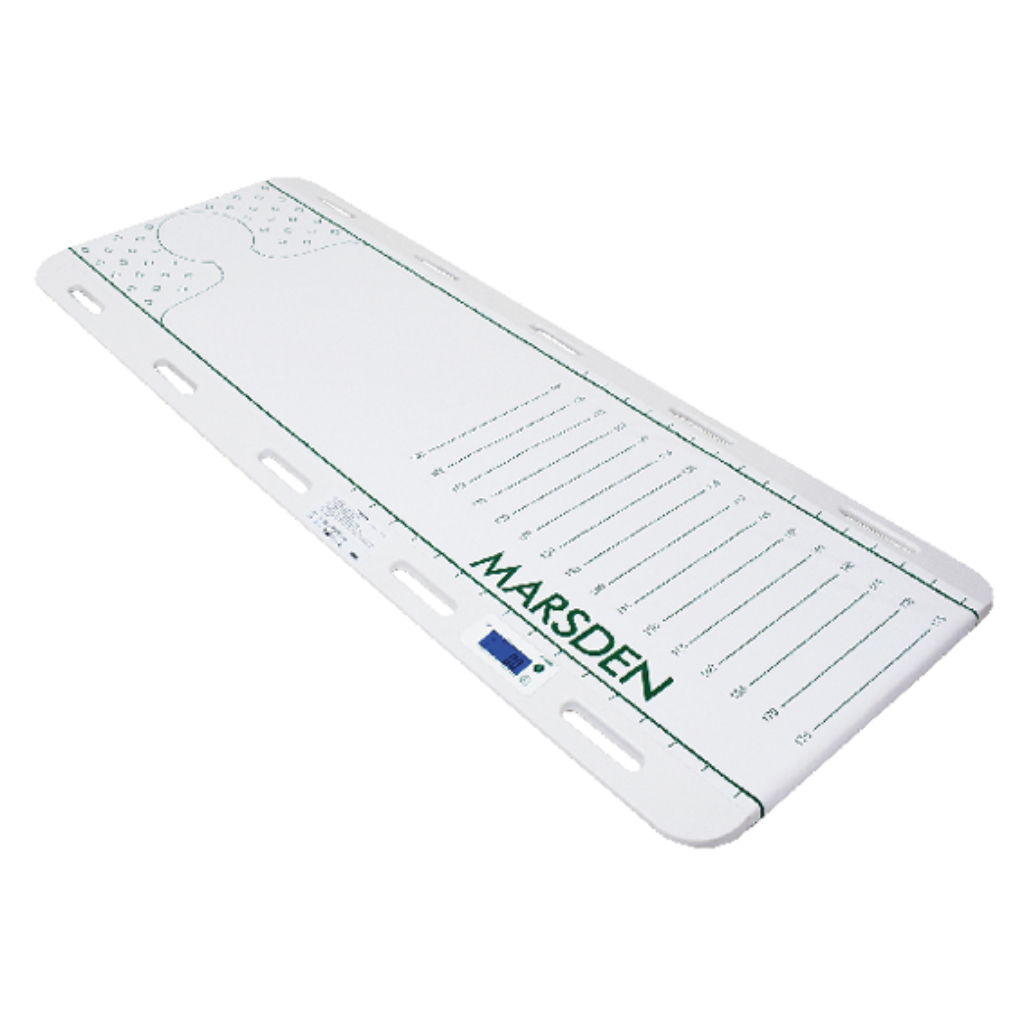Why it’s important to weigh a patient who has suffered a stroke

A person loses 2 million nerve cells for every minute they don’t receive medical treatment during a stroke, according to Public Health Matters.
And as an accurate weight is vital in ensuring proper treatment is provided - weighing a stroke patient is one of the most vital tasks for thrombolysis.
But why is weighing a stroke victim so important, how should this be done, and how does a patient transfer scale work? This blog post explains.
What happens if a stroke patient is not weighed quickly?
Annually there are 110,000 incidents of stroke. It is the third largest cause of death in England.Strokes cause a greater range of disabilities than any other condition in the UK. Over half of survivors have a disability and more than a third are left dependent on others for everyday activities.
The more nerve cells that are lost, the greater the chances of slurred speech, paralysis and permanent disability.
But earlier treatment results in a greater chance of recovery, a reduced likelihood of permanent disability and lesser need for extensive rehabilitation. Thrombolysis for Ischaemic Stroke should take place as near to the onset of symptoms as possible for the best outcome, however treatment needs to be within a maximum of four and a half hours.
With ‘door to needle' targets reducing to half an hour from when the patient arrives at hospital, there is pressure on NHS staff to carry out tasks quickly, including weighing.
Drugs for stroke patients have a narrow therapeutic window, with medication dose provided based on weight.
Mohendano et al said: “Thrombolytic treatment should be administered as early as possible, avoiding unnecessary delays. Every minute may be decisive for the patient’s functional outcome.”
Gillian Taylor, inventor of the Patient Transfer Scale, states “Thrombolysis is a life saving treatment for Ischaemic Stroke. The quicker we weigh the patient, the quicker they get their thrombolysis.
Why does a stroke patient’s weight need to be accurate?
It is also vital the weight reading is accurate.
In order to save time, or because weighing is simply not possible, the patient’s weight may be estimated.
According to Maskin et al, “Overestimation of weight leads to drug overdosing which can result in increased toxicity and costs. On the other hand, underestimation of weight leads to drug underdosing which potentially results in suboptimal therapeutic effects.
“Although weight-based dosing is mandatory in the adult population, patient weight is commonly estimated without confirmatory measurement.”
Is it Normal to Gain Weight After a Stroke?
It is normal for a patient to gain weight after a stroke. Research by Sheffield Hallam University shows that most stroke victims below the age of 70 experience increased weight following a stroke, due to the multiple health and lifestyle changes that occur following this kind of medical emergency.
Particularly, those who suffer a decrease in mobility following a stroke are likely to gain weight.
The Patient Transfer Scale
Current methods to weigh patients affected by Stroke can be time-consuming and cumbersome.

The Patient Transfer Scale allows a stroke patient to be weighed quickly. Compared to a hoist or bed scale which take time to set up; the PTS is ready to weigh and works as part of the existing process of lateral transfer from trolley to bed, or bed to bed.
The PTS saves space - it can rest on hooks on the wall of the ward.
It will save costs by taking up less of the valuable staff members time using an already existing process.
For more information about the Patient Transfer Scale, call 01709 364296 or view the product here.